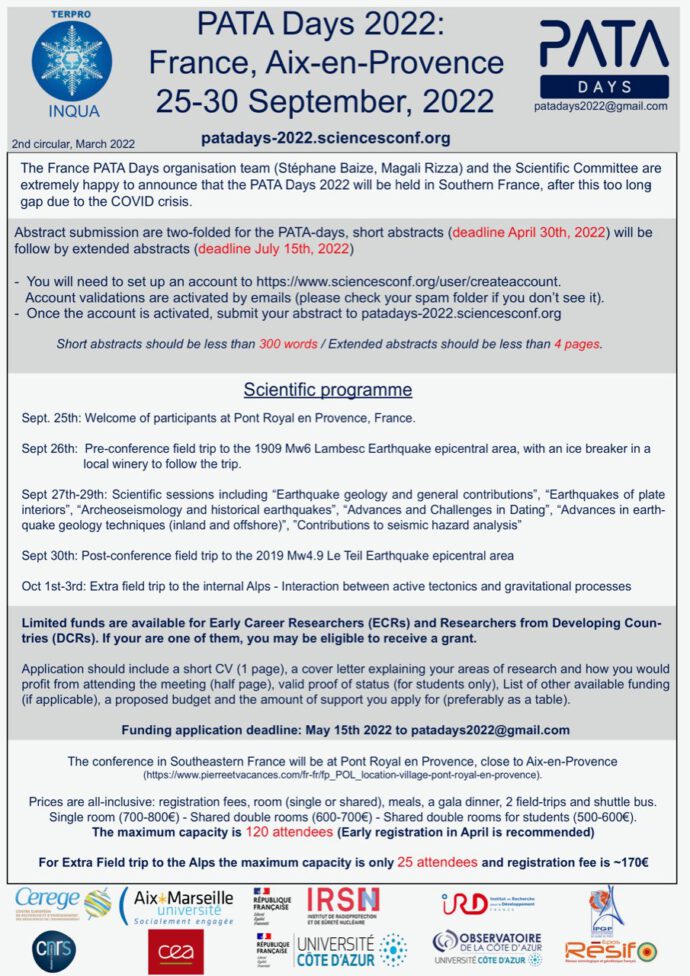Following an un-systematic post-dinner doomscrolling I’m happy to declare May 2022 as the trenchiest month ever. Here’s some exhibits:
Safety first; if cozy and comfy it’s better.
The award goes to Stéphane Baize (@Stef_EQ_Geology) and their trenches along the Cévennes fault: look at the details in the photo… like “paleo” engraved in the wooden frame to prevent collapse of the trench wall. And what about the tent? 10/10 professional style.
Landscape photography award
The winner is Colca Canyon in Southern Peru, take a look at the pictures by Anderson Palomino (@AndersonRPT1) and Carlos Benavente (@clbenavente)
Best flower structure award
No doubts here, easy win for Ian Pierce (@neotectonic) and their trenches in Azerbaijan. Follow him for stunning field photos and videos.
Mud club
Mention goes to Jade Humprey (@ForFaultsSake).
The tricks of the trade.
Learn them from Jonathan Obrist-Farner (@guateologist) uncovering the mysteries of the 1976 Motagua rupture in Guatemala
Category “You don’t need a trench to find good stratigraphy”.
Prize goes to Gabriel Easton Vargas (@geastonvargas) and paleotsunami research in semiarid Chile
Category “Let’s the student do the work”.
Terrific exhibit by Shreya Arora (@shryaarora) trenching in the Himalaya region
Never without a nijiri gama.
Award is won by Sambit Prasanajit (@SPrasanajit) and their sites in S. Korea
Fancy fence
The winner is PhD student Argelia Silva Fragoso (@Argy_sf) from Insubria university, digging trenches in Central Italy
Sorry if I missed someone, I wish you all a safe and fruitful field season!


